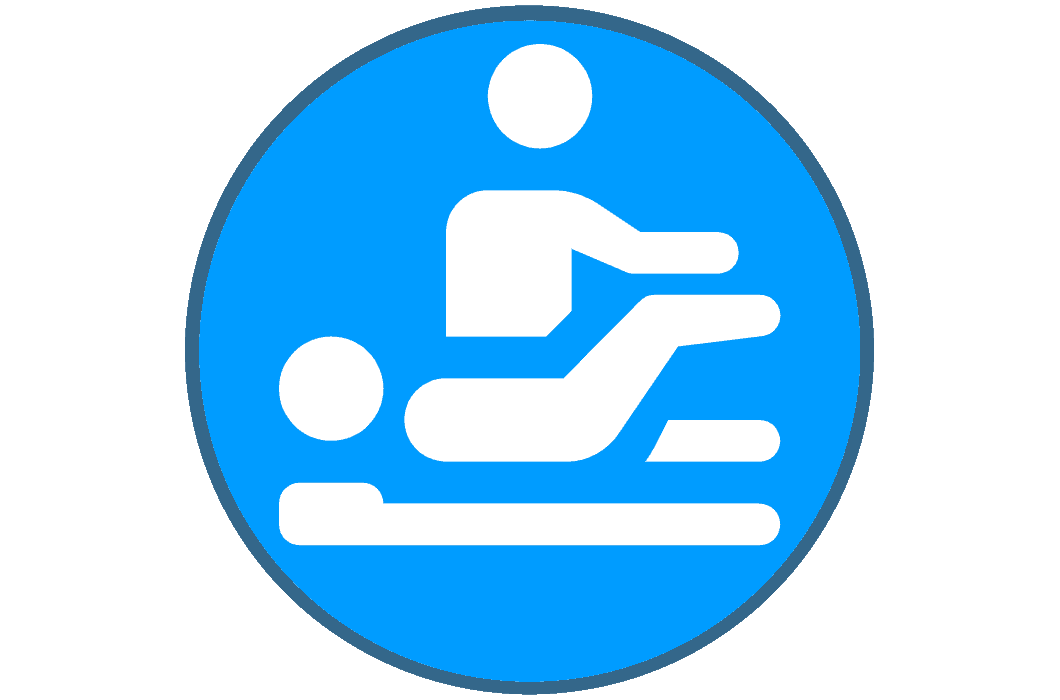Where do Physical Therapist Assistants Work?
Many people interested in a career as a PTA ask questions like, “where do physical therapist assistants work” and “where can physical therapist assistants work?”
There are many different places physical therapy assistants can work and today we are going to share a list of them.
Our list includes some of the most common places PTAs work as well as some lesser-known places physical therapy assistants work.
You may also want to check out our post sharing the day to day of a PTA and some of the tasks they do.
Outpatient Clinics Offering PT and or OT
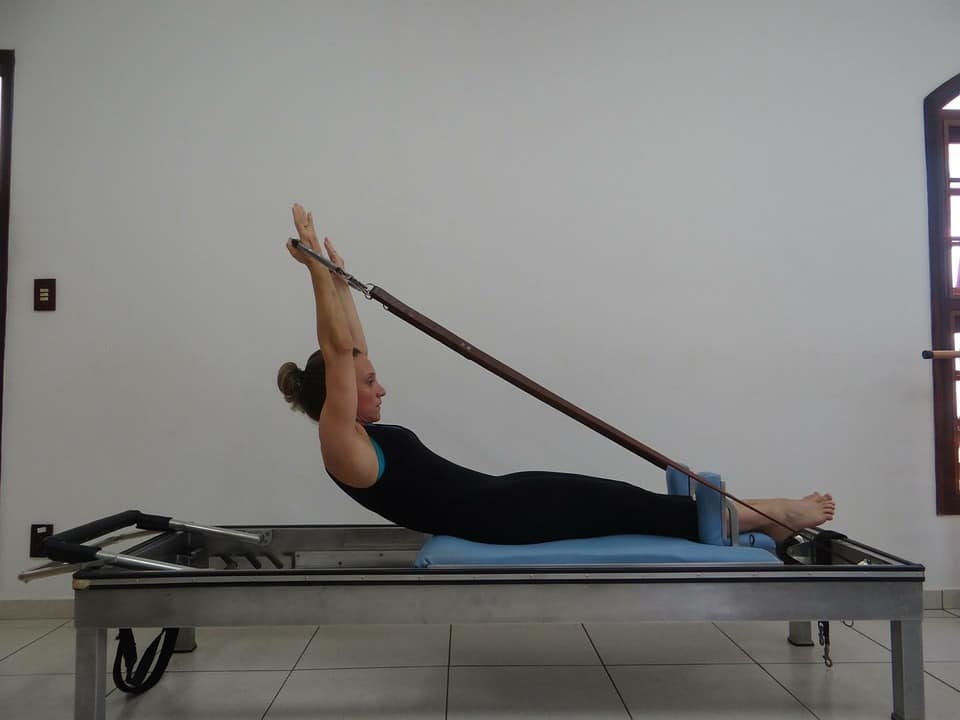
One of the most common places where physical therapist assistants work is in an outpatient clinic.
Often times these outpatient clinics are private practices specializing in a specific type of physical and/or occupational therapy such as pediatric or athletic for example.
Depending on the patient’s condition, a doctor may refer them to a variety of outpatient clinics specializing in therapy for their condition when a focused rehab program is needed. These outpatient clinics are stocked with all of the diagnostic, testing, therapy, and exercise equipment that is needed to assist patients with their treatment.
A Physical Therapist Assistant (PTA) working in an outpatient clinic will help patients with particular movements and exercises to ensure they are performing them correctly and not risking further injury.
Additionally, PTAs assist with any movements that the patient may not be able to perform on their own, such as elevating, hoisting, standing, sitting, and or laying – depending on the patient’s condition.
Many PTAs will tell you that working in an outpatient setting is the most consistently regimented PT environment to work in. The work is fast-paced as you will work with many patients throughout your day. Being adaptable is crucial in this setting as you are likely working with a variety of patients
Doctor’s Offices and Hospitals
Many hospitals and doctor’s offices include physical therapy staff and equipment for treating patients.
Many patients require physical therapy to regain their ability to perform daily movements after certain procedures for a variety of injuries and illnesses.
Physical Therapists and Physical Therapist Assistants are staffed by hospitals and doctor’s offices to assist patients with their therapy plans.
In this environment, patients healing from an accident or other trauma are assisted by physical therapist assistants.
A PTA’s goal is to help them rehab until they can be discharged in a safe manner. PTAs working in hospitals tend to have a bit more independence from their supervising PT.
This is because the patients are acute in their illness and in bad condition requiring specific help making interventions simple and repetitive.
For example, a PTA may help a patient in and out of bed as needed. That being said, PTAs still consult a PT at times and also work closely with nurses and medical assistants.
Nursing Homes and Extended Care Facilities
Extended care facilities and nursing homes typically serve long term patients who won’t be transferred and discharged.
PTAs working in these settings not only help with rehabilitation, they also assist residents with their daily routines. As the baby boomer population is aging, the demand for nursing home PTAs is increasing.
Some daily activities that PTAs may assist residents could include aquatic physical therapy, stretching and other mobility exercises, a movement class, or just general help getting up from sitting or performing other daily movements.
There is a growing demand for PTAs working in nursing homes. Some areas offer traveling PTAs work at a network of local nursing homes. These opportunities usually pay well and can offer a nice day to day variety in your work schedule.
Home Healthcare Services
Many people think of geriatric (elderly) patients when they think of home healthcare services.
Although elderly are the most common demographic in need of home healthcare services from a PTA, PTAs also work with pediatric (young) patients as well as a variety of other aged patients experiencing injury or illness.
Home healthcare services may also be performed at group homes and other small residential facilities or hospice clinics.
PTAs working in this sector tend to have a lot of freedom and control over their schedules.
Although PTAs working in home healthcare still report to a PT, they won’t physically be working alongside each other day-to-day.
By traveling to your patient’s homes you will have variety in your day and many of your patients will be most comfortable performing physical therapy at home. Continuing Care Retirement Communities is one of the top-paying industries for PTAs at $66,730 per year.
Chiropractic Office
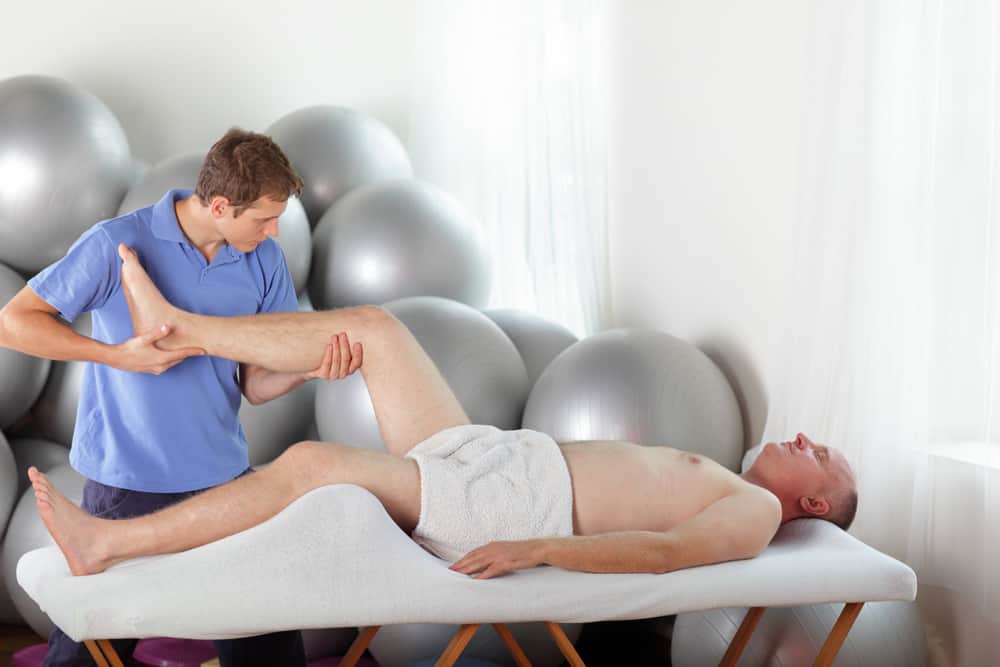
Most states would have you use the title Chiropractor Assistant (CA) rather than Physical Therapist Assistant (PTA) unless the Chiro Practice also employs a Physical Therapist who oversees the PTAs.
That said, it is becoming more common for Chiropractic offices to employ physical therapists and physical therapy assistants to provide a fully integrated therapy experience.
Working in a Chiro office will be very similar to working at a general physical therapy clinic. The majority of patients will be rehabilitating movement issues with the help of a chiropractor and physical therapy treatment.
Schools (K-12 and College)
Many people ask us, “Can Physical Therapist Assistants Work in Schools?“.
Yes, physical therapist assistants work in schools. According to the Bureau of Labor Statistics (BLS) approximately 72% of PTAs work in hospitals while the remaining PTAs work in schools, home health care, and rehab clinics.
Examples of PTAs Working in Schools:
- Contract agencies that send PTAs to multiple schools, spending part time at each
- School districts hiring full time PTAs to provide students with care
- Special needs schools and programs hiring PTAs to help care for disabled children
- Athletic departments and programs hiring PTAs to help student athletes prevent and treat injuries
Although physical therapy assistants work in schools with disabled children, it should be noted that occupational therapist assistants (COTA) may find more job opportunities in a school setting helping disabled students. Whereas, PTAs would more commonly find work in schools helping student athletes.
Anyone who enjoys working with children will be very happy to hear that PTAs are often hired in an educational setting on-campus at elementary, primary, junior high, high schools and even colleges. So, whether you enjoy working with young children or teens, you may be able to find opportunities as a PTA.
In a school environment, PTAs may work alongside OTAs to help special needs children. Some common special needs are autism, delayed developmental skills, neurological injuries, and other conditions as well as learning disabilities.
In addition to special needs children, athletes also require physical therapy assistants. Some athletes may come to a PT clinic for their initial evaluation but then finish out their therapy with a PTA at school.
PTAs may assist with athletes, special needs children, a student getting injured in gym class or at recess, and even educating students on injury prevention. In some cases, PTAs travel and work at a network of schools.
Sports, Training, and Fitness Facilities
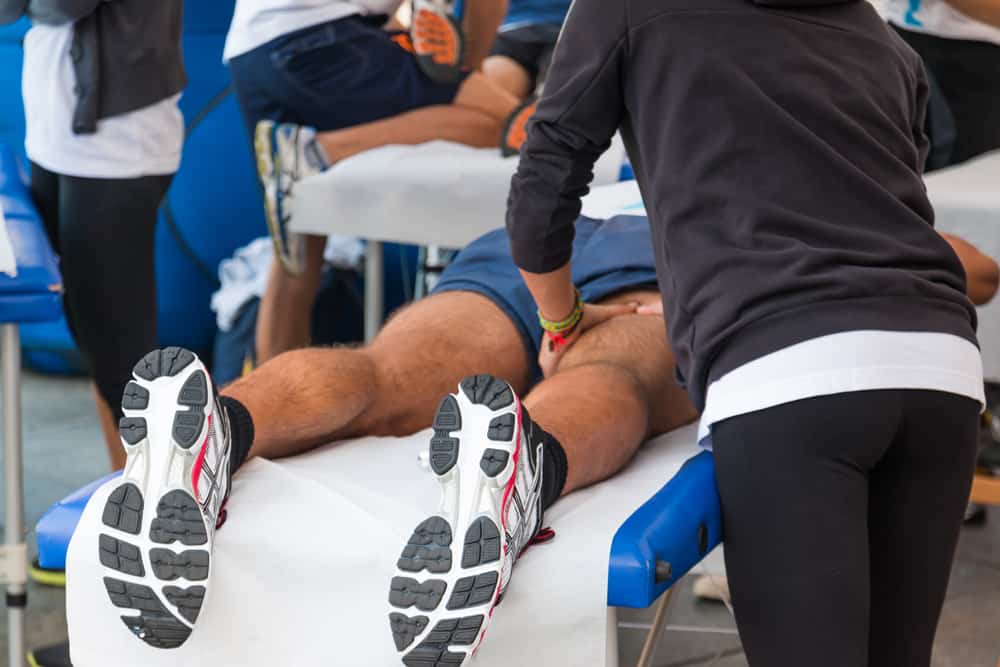
At a fitness or training center, the focus is around wellness and athletic training. PTAs will work with patients to rehab a variety of sports-related injuries and other physical health issues.
In addition to rehab, a large focus on injury prevention will be made by PTAs educating and assisting patients.
Physical therapy may be needed before and after surgery. Pre-rehabilitation is sometimes done by PTAs in these facilities to help strengthen and stretch certain muscles to prepare them before surgery.
Additionally, post-operation oftentimes physical therapy is needed to rehab patients back to being able to function in their everyday lives.
Aside from surgeries, promoting a healthy lifestyle full of injury prevention knowledge and exercises is the main job of a PTA in a fitness center. If you love athletes and training then working as a PTA in a fitness or training facility may be the perfect fit for you.
Military PTA – Air Force, Navy, Army
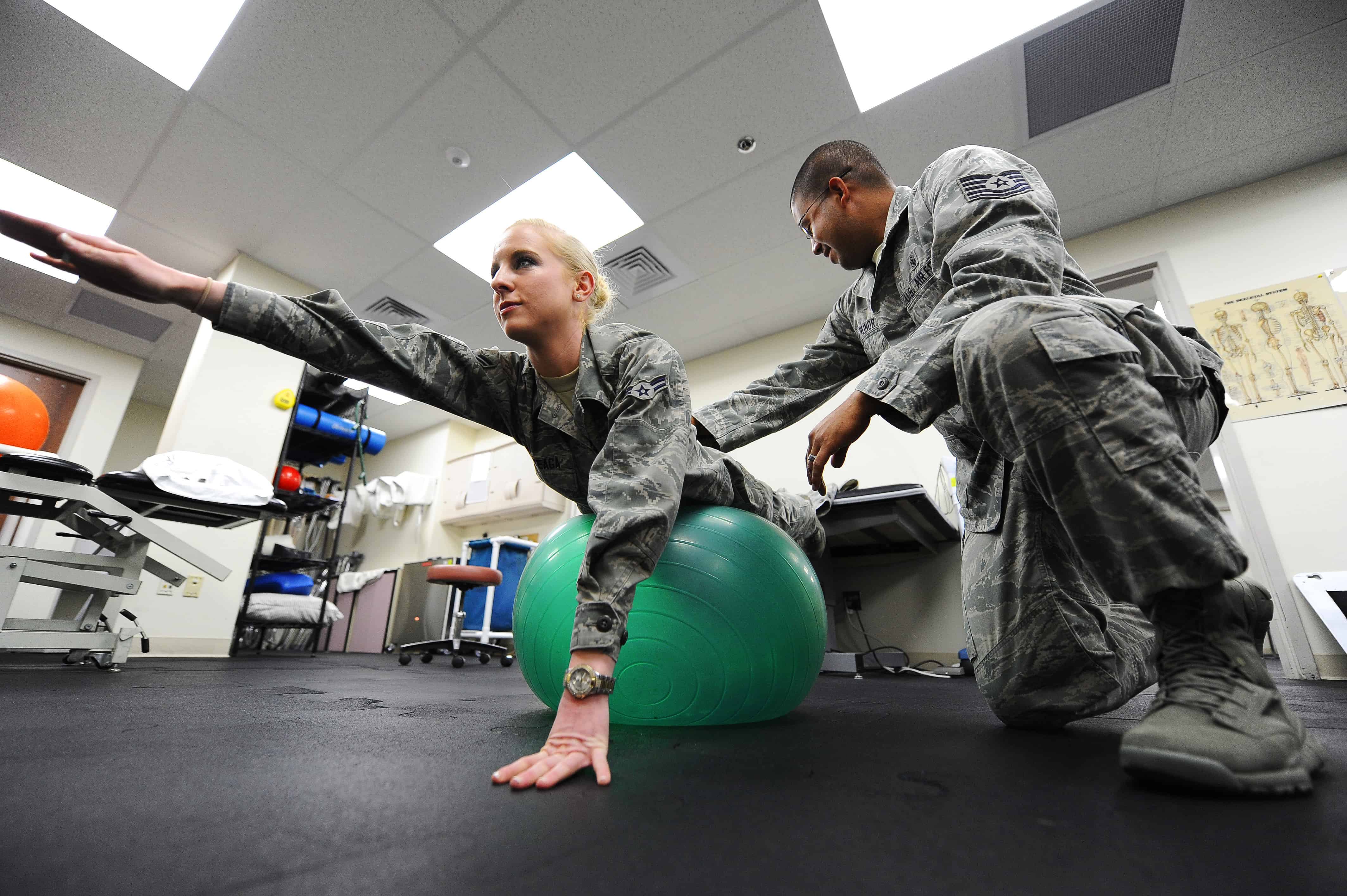
Physical therapist assistants are needed in the military. As you can imagine, many armed combat forces experience injury and illness on the job that requires physical therapy treatment.
Job training for a physical therapy specialist in the Army requires 10 weeks of Basic Combat Training and 28 weeks of Advanced Individual Training.
PTAs may work in all branches of the military. They will still work under the supervision of a Physical Therapist with the goal of rehabilitating physical injuries and improving the health and movement of patients.
Conclusion
Well, that is all for our list of places where physical therapist assistants work.
No need to keep asking, “where can physical therapist assistants work” because now you know.
As you can see, there are many different paths a PTA can take in their career that may result in a variety of different work environments.
Hopefully, you learned some new ideas for places physical therapist assistants can work.
If you are interested in working as a PTA then click the blue find schools button to find nearby and online school options.


